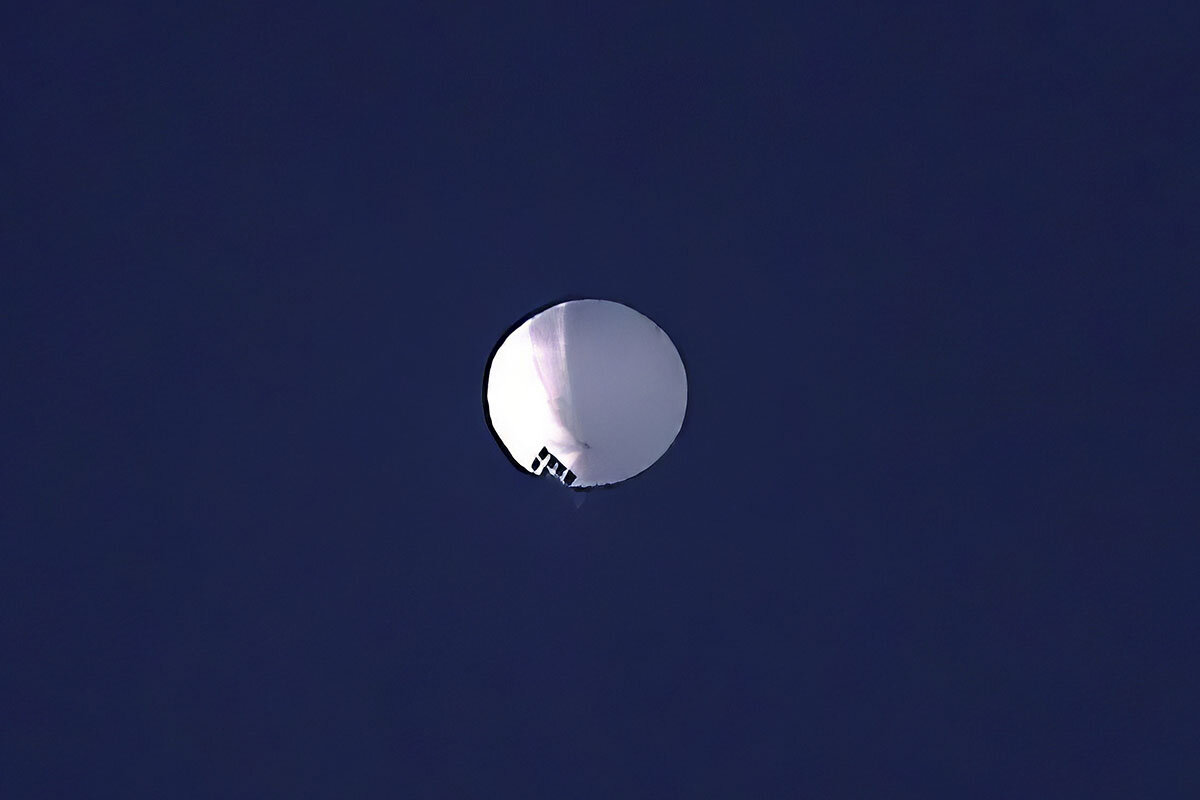A brief history of spy balloons

 Peter Grier
Peter Grier
A spy balloon over Montana? Really?
Really, according to the Pentagon. United States officials say a big white object now drifting in the stratosphere over Western states is a Chinese espionage airship.
“Clearly the intent of this balloon is for surveillance,” said a senior Defense Department official on Thursday. Its flight path has carried it over some sensitive military sites, he said.
China on Friday apologized for the intrusion and said the object was a weather balloon that had veered far from its intended course.
But the White House took the incident seriously enough to postpone a trip to Beijing by Secretary of State Antony Blinken previously planned for Sunday.
The fact is, high-altitude balloons have been used by military and intelligence services, including those of the U.S., for decades.
During World War II, Japan loaded balloons with incendiary devices and lofted them into prevailing westerly winds, hoping to start forest fires in the U.S. The effort was unsuccessful, though a few civilians were killed.
The U.S. military began spy balloon programs to surveil the Soviet Union in 1946, eventually developing balloons that rose higher than Soviet fighter jets could fly. Project Genetrix launched some 500 spy balloons from Western European nations in 1956. Only 31 provided usable photographs.
Today the Pentagon is studying the use of balloons to operate in what it calls “near space” – the upper stratosphere of 60,000 to 100,000 feet. It plans to spend about $27 million on advanced balloon projects in 2023, according to Politico.
Among possible balloon missions: tracking super-fast hypersonic weapons under development by Russia and China.




